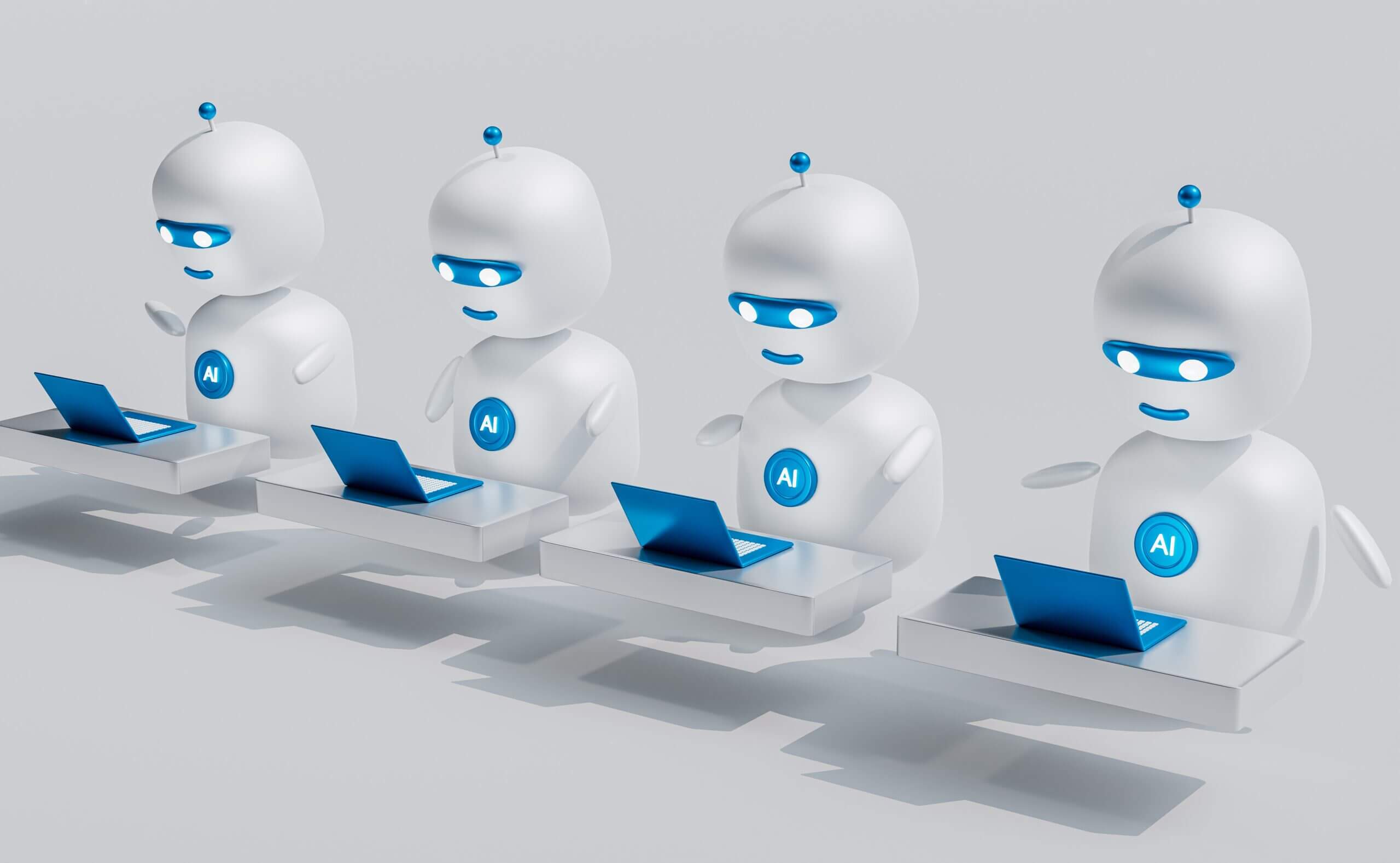Let’s stop worrying about AI and pay more attention to what’s going on around us.
Mark Murphy says that the biggest problem with AI isn’t the technology itself but getting people who don’t like change to accept it.
Six out of ten Americans said in a recent Pew Research study that Al would have a significant effect on workers in general, but only 28% said it would have a considerable impact on them personally.
Because of this, it doesn’t come as a surprise that only about 14% of US people say they have used ChatGPT for fun, to learn something new, or for work.
But this lack of participation at work is scary.
The Pew Research poll also found that half of people think AI won’t affect them much or won’t affect them at all.
But most experts say this is a terrible idea. Even though we don’t know for sure how much AI will change businesses, most people agree that it will have a big effect.
When the CEO of IBM says that AI and automation could take over 30% of non-customer-facing jobs in five years, everyone should pay a lot more attention to it.
Handling people who don’t want to change
AI being played down is a classic example of how HR workers need to deal with people who don’t want to change.
Change resistors shouldn’t be a surprise to anyone who has ever been in charge of a project, whether it was AI or something else. But there are things to learn about why people don’t like change, especially when it comes to technology.
In a Leadership IQ study about people who don’t like change, we found that employees are more likely to back a change if they think it will help them personally.
This may not seem like a big deal, but this one problem explains almost 25% of why an employee will (or won’t) support a change at their company.
Here’s what’s wrong: Let’s say we want the people who work for our company to start backing and embracing AI. If employee confidence is a big reason why they support something, how are they going to gain confidence in AI when only 14% of adults have used ChatGPT?
Leaders often forget that they look at change in different ways.
The problem is that too many people at the top don’t realise that their ideas about change are very different from those of the people on the front lines.
The change resistance study stated above also found that top executives are 91% more likely to enjoy getting out of their comfort zone than frontline workers.
CEOs like IBM’s Arvind Krishna are okay with the enormous changes that AI will bring, but in general, CEOs like him are more open to change than their workers.
We also know that a lot of people would rather have security and predictability than change that happens quickly and needs to make more sense. The “What Motivates You?” test shows that four times as many people are driven by Security as they are by Adventure.
People with an Adventure drive are drawn to danger, change, and not knowing what will happen next. People with a Security drive, on the other hand, like things to stay the same and be predictable.
In fact, workers who are focused on security often prefer to avoid change, especially if it feels too sudden or disruptive.
Getting people ready for change
So, now that you know all of this, what can you do to get your employees ready for the changes that AI will bring?
First, you should find out how much your staff knows about AI and how they feel about it.
Add a few questions about AI to your following staff survey.
And when you look at the results, remember to break them down by department, job, and length of time. Take it a step further and rate AI-ready by high, middle, and low performers.
A recent Leadership IQ study on surveys of employee engagement found that high performers were less engaged than low performers in 42% of organisations.
By comparing employee involvement scores to performance review scores, it was possible to find out how likely it was that a company would lose its best workers.
The same method should be used to judge how ready AI is. If your best workers are the ones who are most against the coming AI-driven changes, you have a much bigger problem than if the people who are against the differences are less critical to your business.
Lastly, even though some companies have strict rules about how AI can be used, especially when it comes to private information, you should strongly think about teaching all of your workers about the technology.
Even if you aren’t using AI in your employees’ daily work yet, a little training and getting them used to it will go a long way towards reducing the present fear and resistance.

